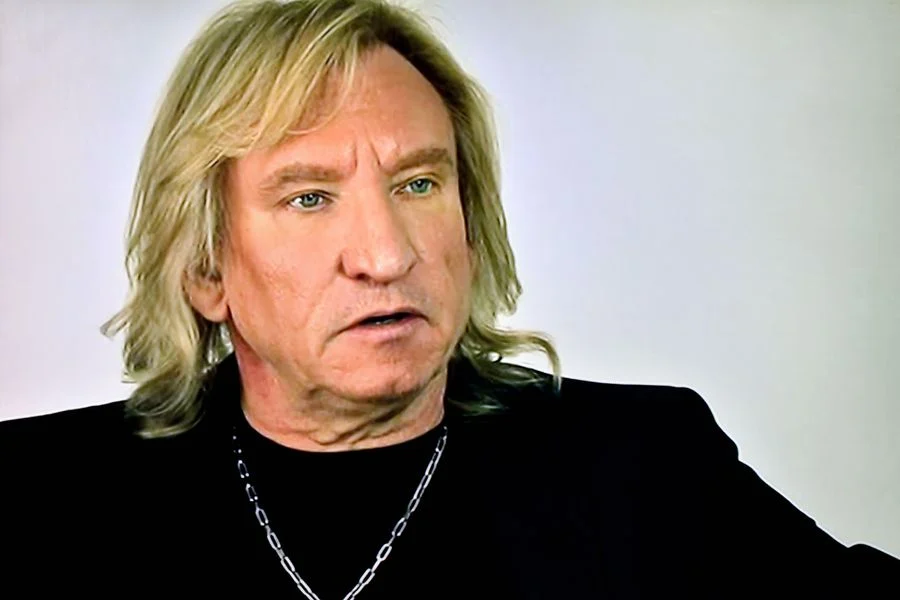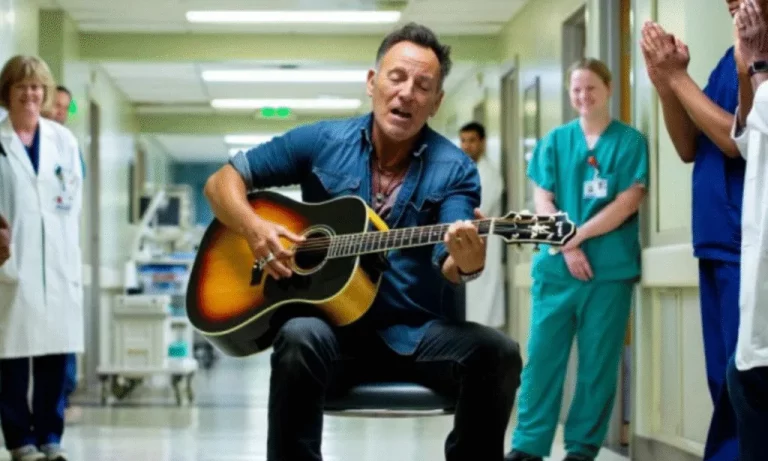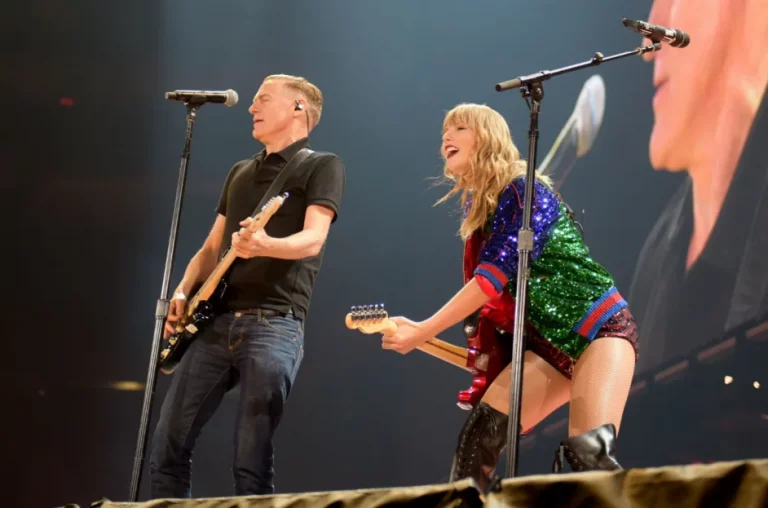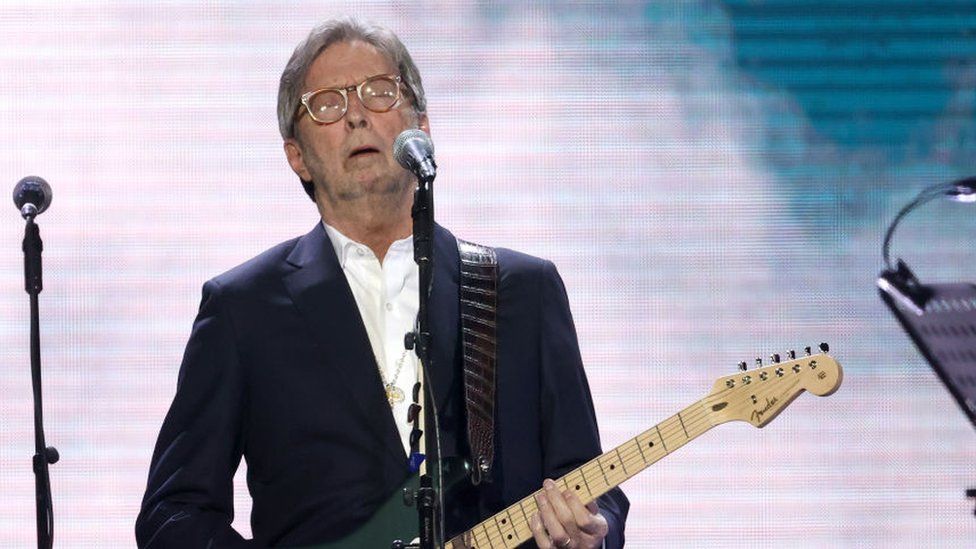By 1990, Freddie Mercury’s body was faltering—but his spirit blazed brighter than ever. The world remained unaware of how sick he truly was. Only those in his inner circle saw the quiet signs: slower steps, softer words, and fleeting grimaces when he thought no one was watching. Yet there was one thing he refused to let illness claim—his voice.
That same year, Queen was crafting what would become one of their most enduring masterpieces: The Show Must Go On. Penned by Brian May, the song captured the raw truth behind the curtain—the pain, the perseverance, and the fire that refused to be extinguished.
Brian, aware of the song’s demands, hesitated. The notes soared high, drenched in emotion—difficult for any vocalist, let alone one fighting a battle with AIDS.
“I warned him,” Brian later shared. “These notes are vicious. I couldn’t even get through the demo in full voice. I told him, ‘You don’t have to do this if it’s too much.’”
Freddie’s reply was pure defiance. He fixed Brian with a steady gaze, vodka in hand, and said, “I’ll f***ing do it, darling.”
When Freddie stepped into the vocal booth, he wasn’t the stadium-commanding icon the world knew. He was a man held together by sheer willpower, leaning on the desk, summoning a strength that lived far beyond flesh and bone.
And then he sang.
What came out was more than a performance—it was an act of resistance, of pure soul. When he cried out, “On with the show,” it wasn’t just a lyric. It was a war cry. A vow. A final, thunderous act of creation.
The room fell silent. Everyone present knew they were witnessing something rare, something holy. Freddie didn’t just sing those notes—he battled through them, each one a testament to his unyielding spirit.
The Show Must Go On became more than a song. It became a monument to courage, to artistry in the face of death, to a man who would not let his final chapter be quiet or small.
Even today, the song reverberates with that same emotional punch. Beneath every note lies Freddie’s pain, his fire, and his refusal to be forgotten.
He wasn’t just recording music.
He was leaving behind a legacy that dared the world to keep going—even when the curtain starts to fall.










